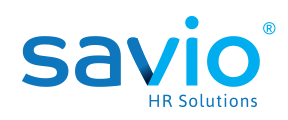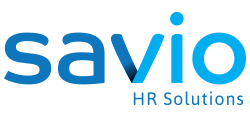
Generative AI, often called Gen AI, is artificial intelligence (AI) that can create original content that includes text, images, video, audio, or software code in response to a user’s request.
The AI landscape is spreading rapidly and providing constant changes, HR leaders must stay a few steps ahead by recognizing the core capabilities while becoming prepared for the effects generative AI (GenAI) will have on their organizations. Most organizations are in the beginning stages of AI where HR leaders have a crucial responsibility in advancing AI initiatives even with significant gaps in the understanding and implementation.
We will provide a 3-Step approach for incorporating AI adoption in HR.
- Distinguish reality from myth:
1. Technology will replace employees when the job performance is better than they do in current tasks.
- Reality: The fact of the matter is AI tools have been created to enhance human proficiency and can be functional in delegating tasks.
- HR leaders are pushing back on AI-generated tool implementation because of concerns.
- Reality: There are concerns with data privacy, bias, and ethical apprehension but AI is being deployed at a rapid pace. Some HR leaders stated they have been exploring potential use cases and opportunities concerning AI. When HR leaders learn to understand the lengths of technology, they can utilize the potential use cases and benefits.
- Initiate the potential of AI and the benefits for HR:
- HR leaders will need to embrace the true potential benefits of AI. Leaders will need to concentrate on the way AI will assist in alleviating any functional pains, meeting goals, and allowing employees to perform activities better, faster, and cheaper.
- Assess and score against success criteria:
- HR leaders’ key areas should include governance, workforce readiness, risks, and ethics.





